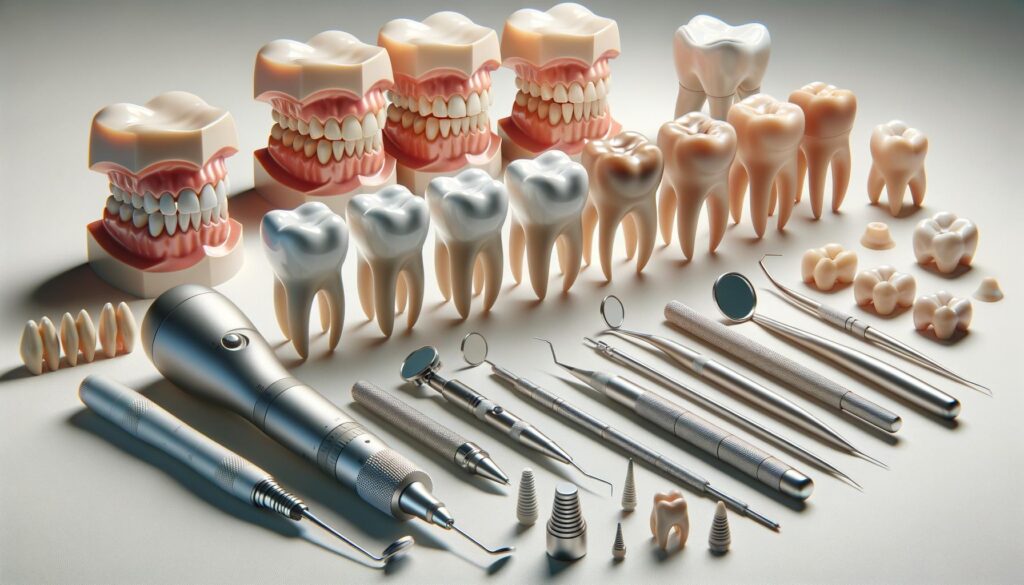Understanding Dental Repair Costs and Solutions

The Factors Influencing Dental Repair Costs
Dental repair costs can vary significantly, depending on a range of factors. The complexity of the procedure is one of the primary determinants. For example, a simple filling is generally more affordable compared to a root canal or a crown. Materials used also play a crucial role. Metal fillings might be less expensive than composite or ceramic options, which offer a more natural appearance. Additionally, the geographical location of the dental clinic can affect prices, with urban areas sometimes commanding higher fees due to increased overhead costs.
Common Types of Dental Repairs
There are several types of dental repairs that patients might encounter throughout their lifetime. Some of the most common include:
- Fillings: Used to treat cavities, fillings can be made from various materials such as amalgam, composite, or gold.
- Crowns: Often used when a tooth is severely damaged, a crown covers the tooth to restore its shape and function.
- Root Canals: A procedure to remove infected pulp from the inside of a tooth, which can prevent further decay and save the tooth from extraction.
- Bridges: These replace one or more missing teeth by anchoring artificial teeth to neighboring natural teeth.
- Implants: A long-term solution to tooth loss, dental implants provide a durable and natural-looking replacement.
Each type of repair varies in cost, accessibility, and the materials used, which influences the overall expense incurred by patients.
Insurance and Payment Options
Many dental insurance plans cover a portion of repair costs, but the extent of coverage can differ widely between policies. It’s important for patients to verify with their insurance provider what treatments are covered and to what extent. Some plans might cover basic procedures like fillings and annual cleanings, while others may offer partial coverage for more extensive procedures like crowns or bridges. For those without insurance, dental clinics often provide payment plans or financing options, allowing patients to manage their expenses over time.
Choosing the Right Dental Professional
When it comes to dental repairs, selecting the right professional is crucial for ensuring both quality and affordability. Patients should look for dentists who have experience with the specific procedure needed. Reading reviews and asking for recommendations can provide insight into the dentist’s reputation and the satisfaction of previous patients. Additionally, inquiring about the dentist’s credentials and any specialized training can help in making an informed decision.
Preventative Measures to Reduce Future Costs
Investing in preventative dental care is one of the most effective ways to reduce the need for costly repairs. Regular dental check-ups enable professionals to identify issues early, potentially avoiding more serious and expensive procedures down the line. Beyond professional cleanings, patients should maintain good oral hygiene practices at home. This includes brushing twice a day, flossing regularly, and avoiding food and drinks that can damage teeth, such as sugary snacks and acidic beverages. By taking these steps, individuals can both preserve their oral health and keep future dental repair costs in check.
Conclusion
Navigating the world of dental repair doesn’t have to be overwhelming. By understanding the factors influencing costs, exploring different types of repairs, and considering insurance options, patients can make informed decisions that align with their budget and oral health needs. Choosing the right dental professional and adopting preventative measures further enable individuals to maintain healthy teeth and minimize future expenses. Armed with this knowledge, you’ll be better prepared to handle any dental issues that may arise.
